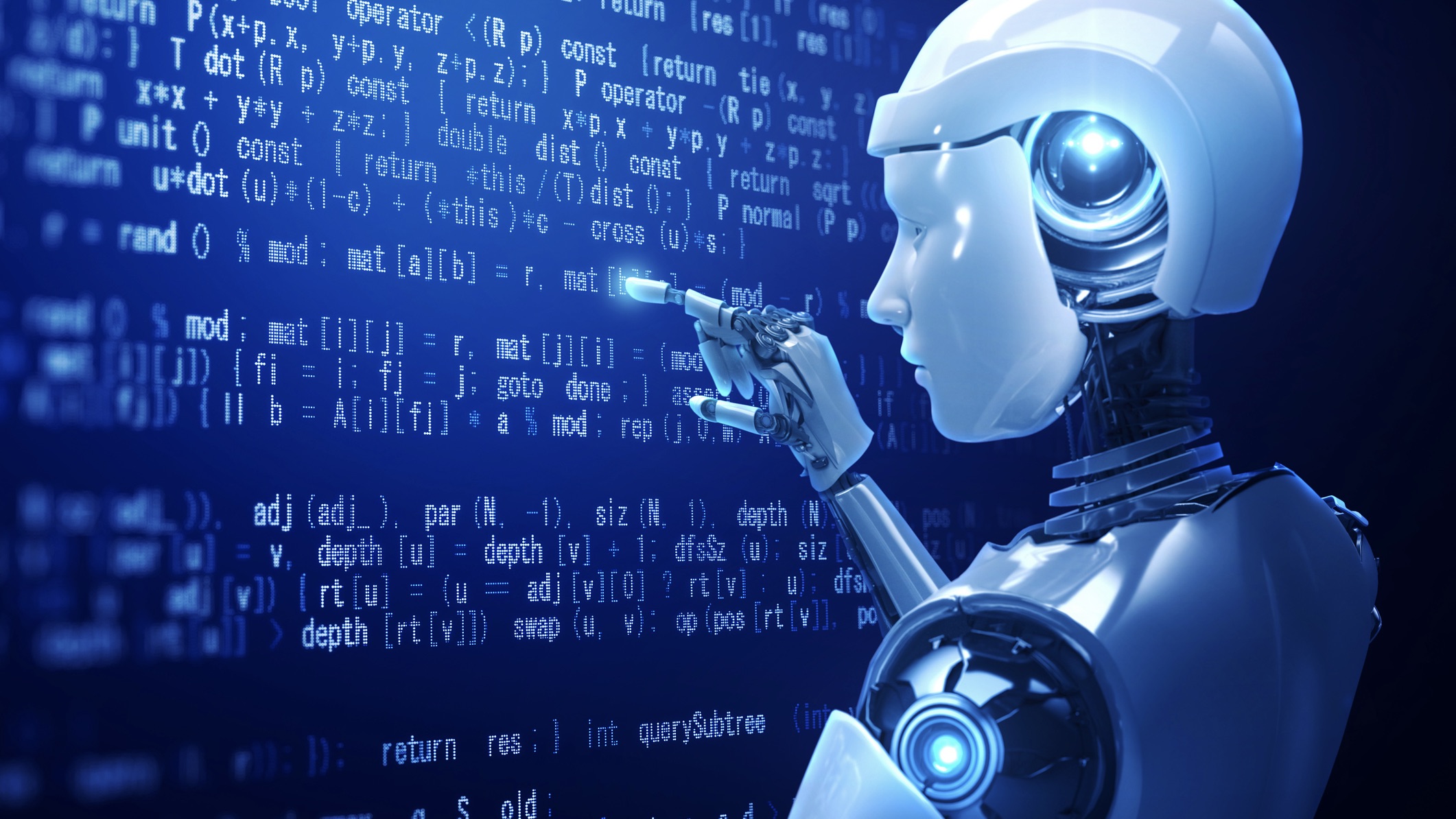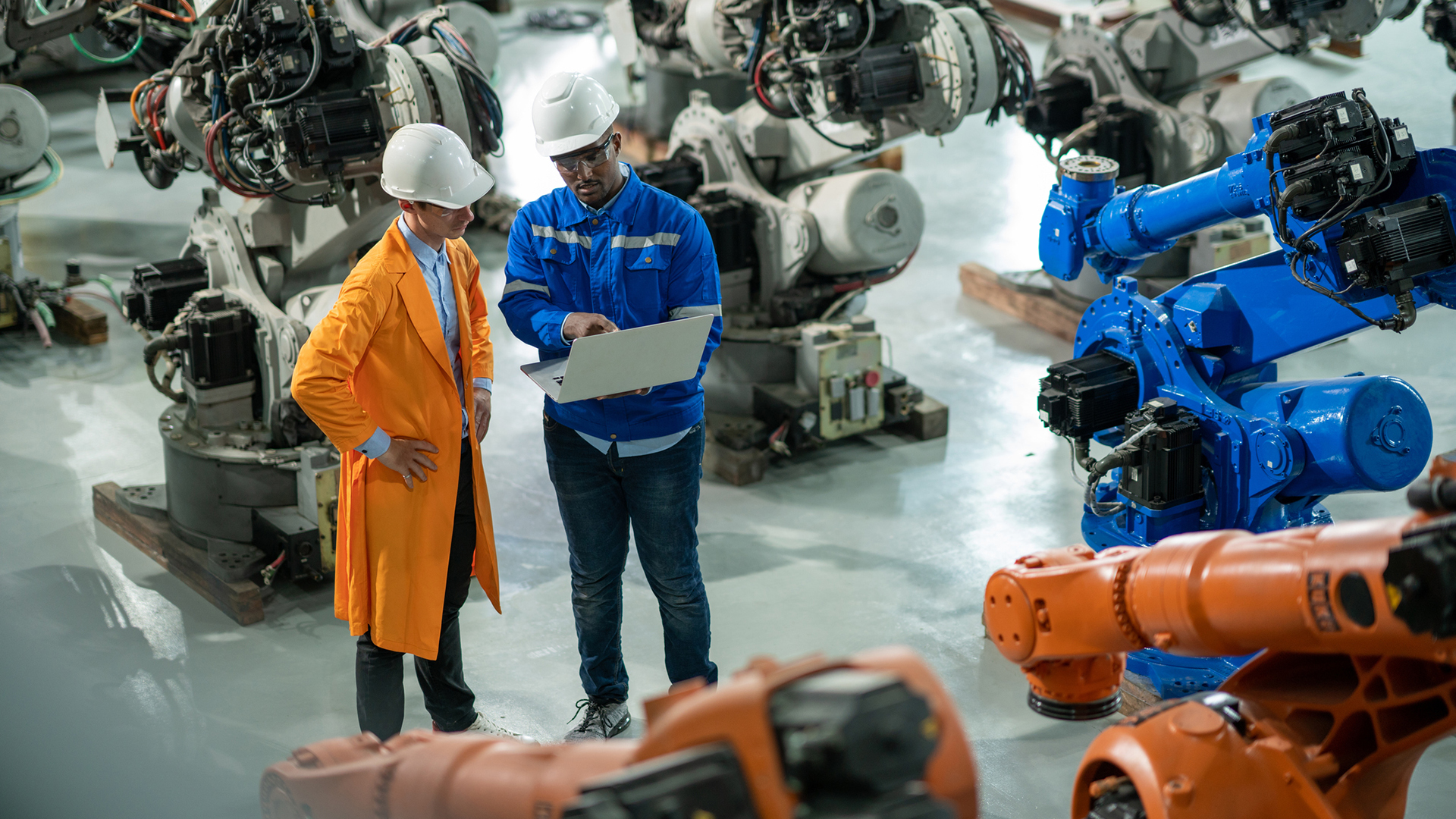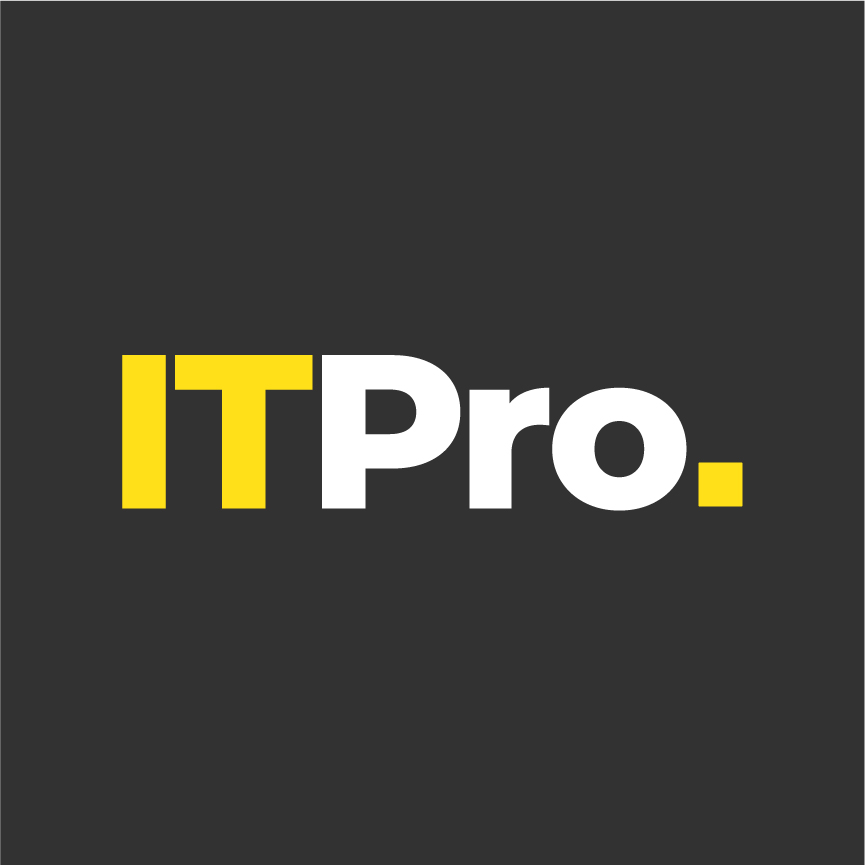Sponsor Content Created With Atera
How AI is bringing autonomous IT to reality
In addition to providing a helping hand to IT groups, AI is now taking over some tasks altogether. It’s a shift that enables IT to fulfill the longstanding quest to “do more with less”

For decades, organizations have been asking their IT departments to "do more with less." While various tools have helped them try to keep pace by automating some tasks, early results indicate agentic AI solutions can be a game-changer in the quest for autonomous IT, reducing workloads by up to 40%.
It’s a shift that moves IT from reactive to proactive, and even takes IT out of the equation altogether in many instances. That, in turn, frees up time for IT groups to focus on far more strategic endeavors, like how best to use other AI tools to deliver a competitive edge.
Finding time for strategic initiatives has been a longstanding quest for IT departments, and now it's compounded by a significant IT skills shortage. IDC predicts that by 2026, more than 90% of organizations worldwide will experience an IT skills crisis, resulting in “some $5.5 trillion in losses caused by product delays, impaired competitiveness, and loss of business.”
The use of AI agents is helping in at least two ways: by providing a helping hand to assist IT, and by handling some issues autonomously, with no IT involvement at all. Both serve to free up significant amounts of time for IT groups.
GenAI and ML give IT a helping hand
The shift began with generative AI and machine learning models that enable IT groups to tackle issues more quickly than in the past.
Atera AI Copilot, for example, helps IT troubleshoot devices, run diagnostics, and offer solutions within seconds. When an issue is resolved, AI Copilot can compose emails in context with the necessary details, helping technicians maintain a consistent and positive tone of voice until the issue is resolved.
AI Copilot also helps IT quickly get to the heart of problems by providing clear, concise summaries of trouble tickets, eliminating the time-consuming task of reviewing the history of each issue. Instead, IT can jump right into working out a solution.
Perhaps best of all, AI Copilot turns each problem resolution into a knowledge base article. That helps address the IT worker shortage by making it easier to train new administrators while also adding to the knowledge base that AI Copilot can use in the future. What’s more, giving end users access to the knowledge base helps them resolve many issues on their own, with no help from IT.
“The AI Copilot is like having another team member,” says Zack Barr, service desk analyst at Leeds United Football Club, which uses the solution for its 350 full-time staff (and more than 1,000 on game days). “Tickets have been reduced by 25-35% and it’s assisting us with knowledge base generation.”
Atera estimates AI Copilot saves each IT administrator 11 to 13 hours of work per week while resolving trouble tickets 10 times faster. That’s like giving each administrator more than an extra day’s worth of work time in the same 40-hour week, while dramatically improving service delivery. It’s the very definition of doing more with less.
Agentic AI leads to Autonomous IT
And that’s just the start, because agentic AI tools are capable of performing some tech tasks entirely on their own, what Atera refers to as autonomous IT solutions.
Atera again provides a good example with its IT Autopilot, which Atera says is the first fully autonomous IT solution. Offering benefits to both end users and the tech team, IT Autopilot is a patented, personal AI technician for every employee designed to support various use cases, including tech support, service delivery, operations, and workflows.
End users engage with IT Autopilot through the tools they normally use, such as email, Slack, and Teams, or via a user portal. When they’re experiencing an issue, whether it's a sluggish computer, a PDF they can't open, or the ubiquitous forgotten password, users can engage IT Autopilot for help.
For simple issues, it may instruct the user on how to complete a task, such as connecting to a VPN. In other cases, it will diagnose the problem and implement the solution itself. For a user reporting an offline printer, for example, IT Autopilot may diagnose the problem as a print spooler issue and reset the spooler service — all on its own, in mere minutes. The user never even has to open a trouble ticket, which may well have sat for hours before being addressed.
In that sense, AI agents like IT Autopilot are more advanced than AI tools like chatbots because they continuously learn, understand, adapt, analyze, act, learn and improve with other IT systems, and can make autonomous decisions based on real-time data to resolve issues.
Depending on the issue in question, it may address it on its own or escalate it to a human technician. IT Autopilot can run over 3,300 end-to-end actions on its own, including password resets, rebooting devices, re-enabling Wi-Fi systems, and pushing out security patches, Atera says. It can also detect when technicians are repeatedly solving the same problem and create scripts to address them for future instances.
Autonomy in action
“We've built a system that plans, acts, learns, and improves on its own, just like a skilled technician would,” Oshri Moyal, co-founder and CTO of Atera, said when IT Autopilot was launched in May 2025. “This isn't automation. This is autonomy."
That autonomy enables IT Autopilot to resolve up to 40% of IT workloads on its own, Atera reports. And it works 24x7, with no downtime for vacations, sick leave, or the like.
Here again, it delivers on the promise of enabling IT to do more with less. Or, more accurately, to do more in less time, so organizations can utilize the time saved to deploy IT to other areas that deliver strategic value, competitiveness, and growth.
Learn more about what AI can do for your IT organization: Visit the Atera AI Copilot and IT Autopilot page.
Sign up today and you will receive a free copy of our Future Focus 2025 report - the leading guidance on AI, cybersecurity and other IT challenges as per 700+ senior executives
ITPro is a global business technology website providing the latest news, analysis, and business insight for IT decision-makers. Whether it's cyber security, cloud computing, IT infrastructure, or business strategy, we aim to equip leaders with the data they need to make informed IT investments.
For regular updates delivered to your inbox and social feeds, be sure to sign up to our daily newsletter and follow on us LinkedIn and Twitter.
-
 How the UK is leading Europe at AI-driven manufacturing
How the UK is leading Europe at AI-driven manufacturingIn-depth A new report puts the country on top of the charts in adopting machine learning on the factory floor in several critical measures
-
 US data center power demand forecast to hit 106GW by 2035, report warns
US data center power demand forecast to hit 106GW by 2035, report warnsNews BloombergNEF research reveals a sharp 36% jump in energy forecasts as "hyperscale" projects reshape the American grid

